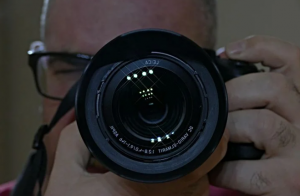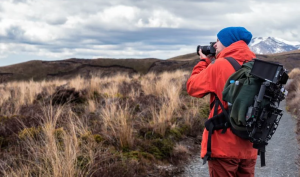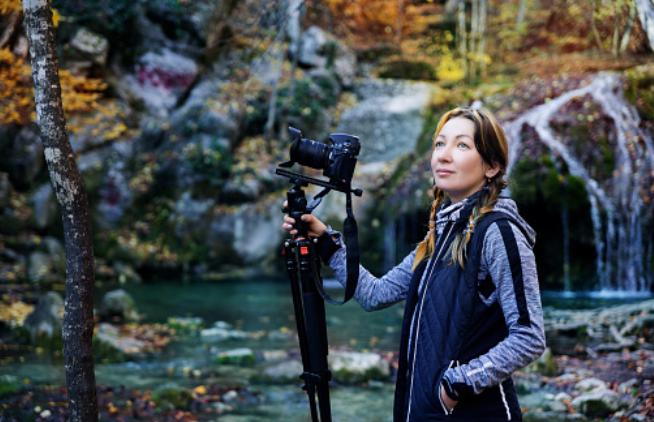There are many techniques in learning photography. It could be easy or difficult, depending on the learning process stage, which is quite relatable to the explanation on www.techtimes.com site. One of the easiest is landscape pictures. There won’t be many compositions that you need to understand. According to some experts, taking pictures of landscape objects is very effective for many photographers, especially beginners.

Definition of Leading Line
The top line in photography refers to an artificial or natural line that can bring the viewer’s gaze from one point to another of a photograph. The purpose is to create a sense of depth within the image that guides the viewer’s eye to a path to the planned subject.
Significant lines are placed within the character of narrative photographs. There is a journey in which the photographer accompanies the viewer. The photographers can start from a lower part of this image and reach the upper part of the picture’s distance. However, it would be best if you understood the path to get the best result of it.
Three Main Points of Leading Line
 The first point is the path itself. The routes will lead the viewer to the image. After that, the second point is the point of view. The point of view allows photographers to understand some great angles. Then, the third one is the interest in the objects. It leads to many innovations and creativities of the photographer’s ideas.
The first point is the path itself. The routes will lead the viewer to the image. After that, the second point is the point of view. The point of view allows photographers to understand some great angles. Then, the third one is the interest in the objects. It leads to many innovations and creativities of the photographer’s ideas.
These elements give the image an illusion of thickness. It is particularly important to create a vivid portrait of the landscape. It is quite advantageous to capture the audience’s attention and guide them from a starting point to the desired subject in the distance. It could be something to highlight, or perhaps a hidden significance in the area. Anything natural or human-made can be used to create lace lines. As long as there is a differentiated list of how things are introduced, they can be used with this particular technique.
Types of Leading Line Shots
The idea is to find something that moves to the edge of the image and direct the eye to another image level. The horizontal lines start from the base and refer to the top of the picture. The diagonal lines can start at the corner of the image and lead the eye to the middle’s subject. 
Curved lines can be cryptic and give the image a sense of discovery and experience. The eye summarizes the curves clearly until it meets the subject. Curved lines can cause an object or lead to nothing. They can start in the foreground on a coastal road and lead to the image of a very small beach house. Or it can be the beginning of a mountain road that winds without any discernible judgment on distance.
Easy Guide of Leading Line Presentation
The guidelines are one of those photographic techniques that always try to tell a story. The moment you decide to photograph a significant line, it is almost certain that you are wrapping a story. You want the viewer to discover the line you are photographing. Traveling is also exactly what you are trying to communicate to your image.
This principle would suggest that we place the topic on which we focus on the grid lines. For example, if the high lines direct the viewer in the foreground toward the background, it may be appropriate to focus on the upper third of the grid line.
Conclusion
This composition in photography techniques is a very simple but effective way to turn your image into a journey. It is effective when you attract the viewer’s attention by drawing his eyes with a sightline. The beauty of Leading Line is that it gives depth to the image and gives it a sense of realism. Therefore, it can attract more attention from many audiences.…

